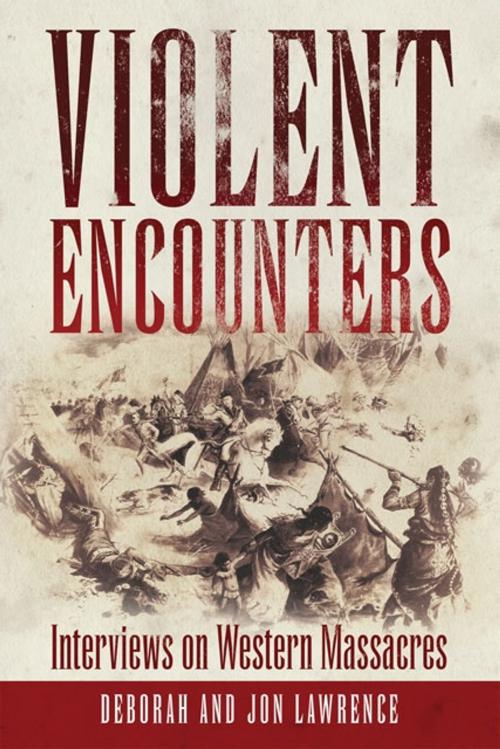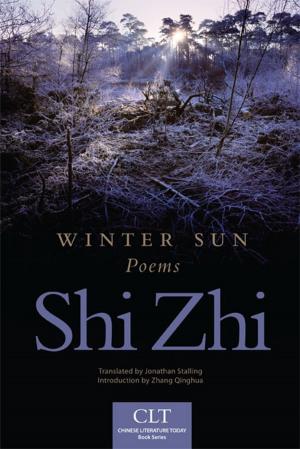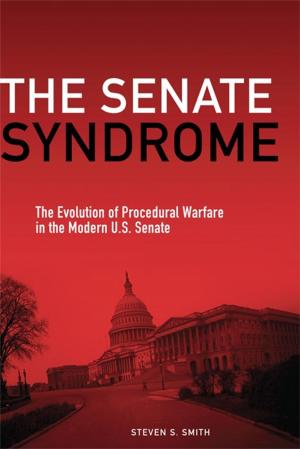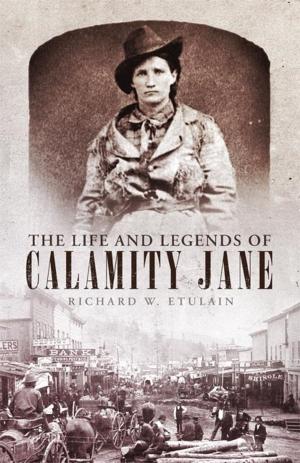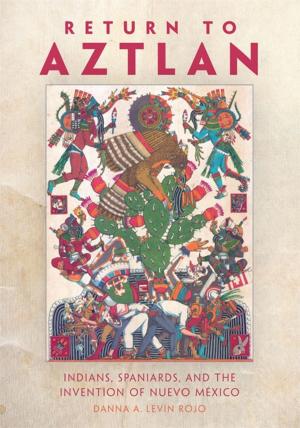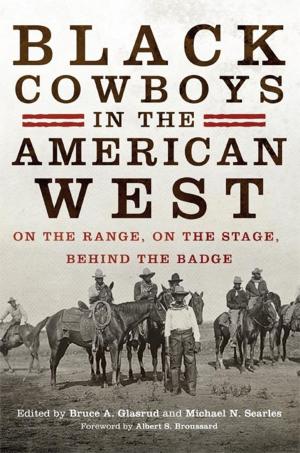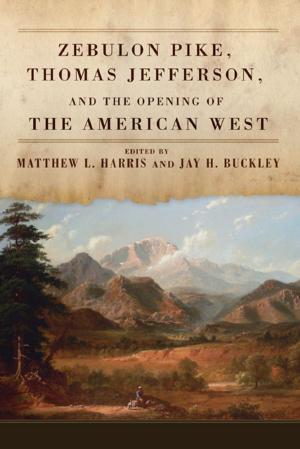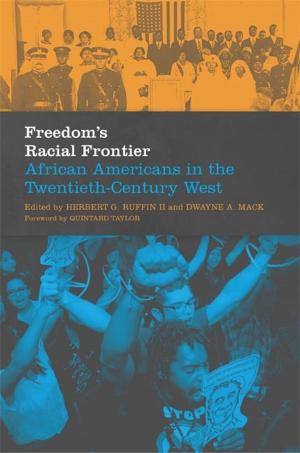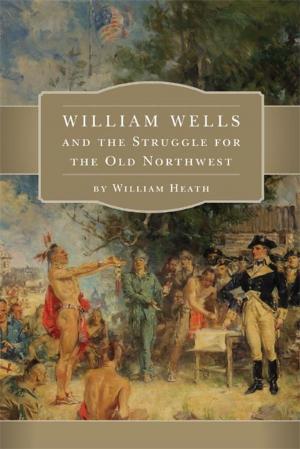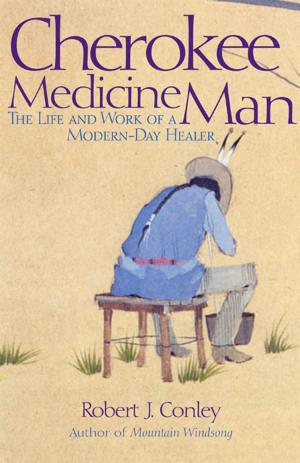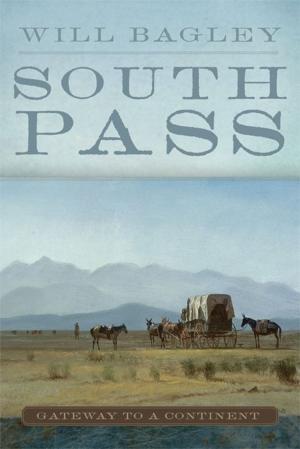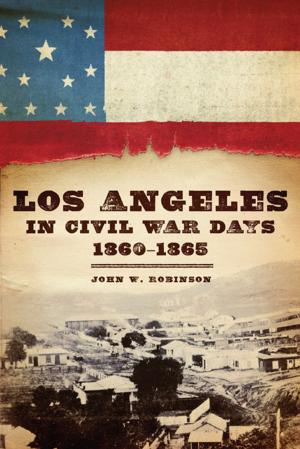Violent Encounters
Interviews on Western Massacres
Nonfiction, History, Americas, Native American, United States, 19th Century, Military| Author: | Deborah Lawrence, Jon Lawrence | ISBN: | 9780806184364 |
| Publisher: | University of Oklahoma Press | Publication: | December 5, 2011 |
| Imprint: | University of Oklahoma Press | Language: | English |
| Author: | Deborah Lawrence, Jon Lawrence |
| ISBN: | 9780806184364 |
| Publisher: | University of Oklahoma Press |
| Publication: | December 5, 2011 |
| Imprint: | University of Oklahoma Press |
| Language: | English |
Merciless killing in the nineteenth-century American West, as this unusual book shows, was not as simple as depicted in dime novels and movie Westerns. The scholars interviewed here, experts on violence in the West, embrace a wide range of approaches and perspectives and challenge both traditional views of western expansion and politically correct ideologies.
The Battle of the Little Big Horn, the Sand Creek Massacre, the Battle of the Washita, and the Mountain Meadows Massacre are iconic events that have been repeatedly described and analyzed, but the interviews included in this volume offer new points of view. Other events discussed here are little-known today, such as the Camp Grant Massacre, in which Anglo-Americans, Mexican Americans, and Tohono O'odham Indians killed more than a hundred Pinal and Aravaipa Apache men, women, and children.
In addition to specific events, the interviews cover broader themes such as violence in early California; hostilities between the frontier army and the Sioux, including the Santee Sioux Revolt and Wounded Knee; and violence between European Americans and Great Basin tribes, such as the Bear River Massacre. The scholars interviewed include academic historians, public historians, an anthropologist, and a journalist. The interview format provides insights into the methodology and tools of historical research and allows questions and speculations often absent from conventional, written accounts. The scholars share their latest thoughts on long-standing controversies, address the political uses often made of history, and discuss the need to incorporate multiple viewpoints.
Scholars and students of history and historiography will be fascinated by the nuts-and-bolts information about the practice of history revealed in these interviews. In addition, readers with specific interests in the events discussed will gain much new information and many fresh insights.
Merciless killing in the nineteenth-century American West, as this unusual book shows, was not as simple as depicted in dime novels and movie Westerns. The scholars interviewed here, experts on violence in the West, embrace a wide range of approaches and perspectives and challenge both traditional views of western expansion and politically correct ideologies.
The Battle of the Little Big Horn, the Sand Creek Massacre, the Battle of the Washita, and the Mountain Meadows Massacre are iconic events that have been repeatedly described and analyzed, but the interviews included in this volume offer new points of view. Other events discussed here are little-known today, such as the Camp Grant Massacre, in which Anglo-Americans, Mexican Americans, and Tohono O'odham Indians killed more than a hundred Pinal and Aravaipa Apache men, women, and children.
In addition to specific events, the interviews cover broader themes such as violence in early California; hostilities between the frontier army and the Sioux, including the Santee Sioux Revolt and Wounded Knee; and violence between European Americans and Great Basin tribes, such as the Bear River Massacre. The scholars interviewed include academic historians, public historians, an anthropologist, and a journalist. The interview format provides insights into the methodology and tools of historical research and allows questions and speculations often absent from conventional, written accounts. The scholars share their latest thoughts on long-standing controversies, address the political uses often made of history, and discuss the need to incorporate multiple viewpoints.
Scholars and students of history and historiography will be fascinated by the nuts-and-bolts information about the practice of history revealed in these interviews. In addition, readers with specific interests in the events discussed will gain much new information and many fresh insights.
